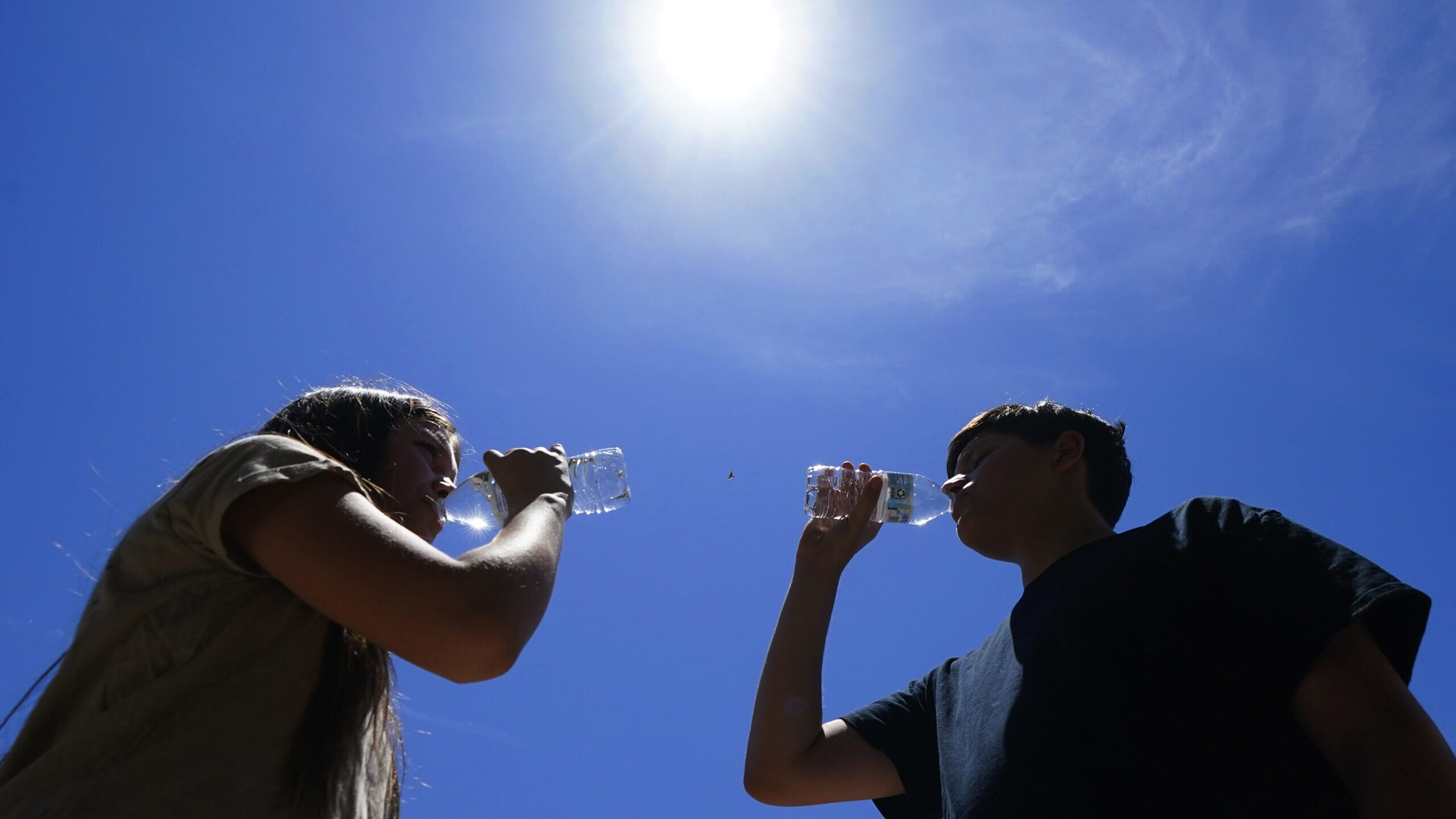Indiana ground holds adequate moisture despite semi-dry stretch
INDIANAPOLIS (WISH) — Lately, Indiana has been hot and quite dry, but in the last week, Indianapolis has had a few days with some showers around.
However, drenching rains have avoided the state capitol. Temperatures have also been a bit high for many days with heat indices in the triple digits.
This has put into question, what Thursday’s updated drought monitor will say. I think we should all be quite happy with what it shows. The newest monitor has no budge from last week, which also had almost the entire state with a sufficient level of soil moisture.


Drought conditions can have significant impacts on the ground in Indiana. One of the primary consequences is reduced soil moisture. This affects agriculture, particularly crop production. Inadequate moisture levels hinder plant growth, leading to lower yields and potentially damaging the livelihoods of farmers who rely on these crops for income.
Drought also affects water resources, such as lakes, rivers, and groundwater. Decreased precipitation levels can lead to lowered water levels, impacting aquatic ecosystems and making it challenging for industries and municipalities. Individuals can also lack access to sufficient water for various purposes, including irrigation, drinking, and industrial processes.
Furthermore, drought conditions increase the risk of wildfires. Dry vegetation and arid conditions create favorable environments for fires to spread rapidly. These endanger both natural habitats and human settlements. These fires can cause property damage and pose risks to public health and safety.

Moving forward, it looks like we will continue to be dry, so by next Thursday, we might see a different story on the drought monitor. Temperatures will also be a bit toasty as we move into the weekend, but not as hot as it got late last week.
Drought conditions in Indiana have far-reaching impacts, including reduced crop yields, strained water resources, and an increased risk of wildfires. We really want the conditions to stay just as they are so we can avoid all the negative impacts low soil moisture can lead to.
